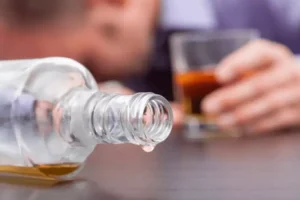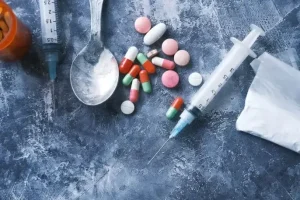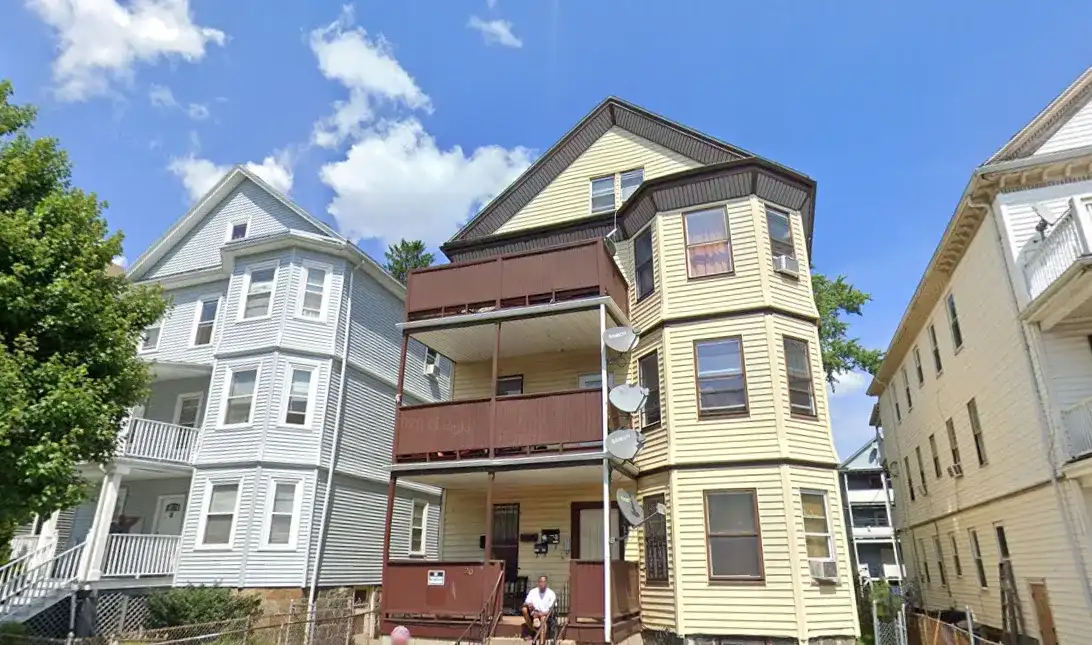Cannabis as a Gateway Drug for Opioid Use Disorder PMC

Changes in state laws mean marijuana is available to more people, for both medical and recreational use. But whether you use it legally or illegally, it’s possible how to overcome alcoholism to misuse it and get addicted to it. More information about the New York State Office of Cannabis Management medical cannabis program can be found here.

Stay on top of latest health news from Harvard Medical School.
Population-level epidemiological studies of cannabis use on opioid outcomes have observed that frequent cannabis users are more likely, rather than less likely, to escalate opioid use and subsequently meet criteria for OUD. Additionally, cannabis can worsen mental health outcomes for some people-especially anxiety, depression, cognitive deficits, and psychosis-all of which can increase risk for opioid use and substance use disorders. Next, models where the state of residence and year were specified as fixed effects were used to model each outcome. Third, because of our inability to account for nesting of multiple observations within an individual, we conducted a person-level analysis by including only the first observation for each patient that met the inclusion/exclusion criteria.

Prospective Associations Between Cannabis Use and Nonmedical Prescription Opioid Use
When shown images that acted as reminders or cues of their addiction, those receiving CBD experienced significantly less craving compared to those taking placebo. Of note, their trial also demonstrated significant reductions in cue-induced anxiety among those taking CBD compared to placebo. The analysis exploited staggered implementation of medical marijuana legalization in a difference-in-differences design. Unit of analysis was a patient half-year, defined as the month of the new cancer diagnosis and the 5 following months.
Availability of data and materials
- Much more research is needed, particularly to identify which adolescents are most at risk and to develop interventions addressing trauma and psychiatric comorbidity while designing protective and nurturing environments to minimize harm.
- For those unfortunate enough to be addicted to opioids, a formidable obstacle to getting into recovery is the soul-crushing withdrawal symptoms.
- Based on US Centers for Disease Control and Prevention data, an estimated 26–36 million individuals misuse opioids, with the trajectory continuing to move upwards [1, 5].
- The primary treatment options available for people dependent on marijuana include therapy and support groups.
- Finally, CBD activation of the capsaicin receptor (TRPV1) has been shown to induce anti-nociceptive effects (35).
The Area Health Resource File was used to gather state-level data on unemployment rates and the number of physicians per 1000 residents for each study year (2006–2014). It is a publically available dataset which gathers data from multiple sources.25 It has socioeconomic data and data on availability and type of healthcare professionals and health facilities. IMS Lifelink+ is a nationally representative database of commercially insured patients and includes their enrollment information and inpatient, outpatient, and insurance-funded pharmacy claims. The demographic variables in the person-level enrollment file include age, sex, state of residence, and type of payer (Medicare, Medicaid, commercial insurance, etc.).
Details from the cannabis and opioid addiction study
In conclusion, for some at risk individuals, through a combination of genetic and environmental factors, it is highly likely that adolescent cannabis use can meaningfully increase risk of the initiation of opioid use and development of OUD. Much more research is needed, particularly to identify which adolescents are most at risk and to develop interventions addressing trauma and psychiatric comorbidity while designing protective and nurturing environments to minimize harm. Marijuana misuse turns into addiction when you can’t stop using the drug even though it’s affecting things like your job or your relationships. Yafai added that the study did correctly conclude that people may be unable to use cannabis effectively on their own to stop the cycle of opiate addiction.
- The legal and regulatory landscape surrounding cannabis use in Australia is complex and can vary between states.
- Growing pre-clinical and clinical evidence appears to support the use of cannabis for these purposes.
- Hierarchical models allowed us to account for clustering of individual patients within states, but due to large number of enrollees in our final sample and computational limitations of software, we were unable to account for clustering of multiple observations within the same person.
- To determine the association of medical marijuana legalization with prescription opioid utilization.
- Currently, these therapies include medications such as buprenorphine or methadone, which have been shown to suppress licit and illicit opioid use, improve retention to safe treatment guidelines and reduce mortality attributed to overdose by up to 70% [6,7,8].
This review aims to summarise current evidence behind the potential for cannabis to adopt this role in the management of opioid use disorder and highlights challenges, limitations and considerations for stakeholders involved in the development and translation of these research findings into practice. What some studies are finding is that the use of prescribed marijuana for some medical conditions, especially for pain issues, can help prevent an opioid addiction from developing in the first place. Many addicts begin their addiction with a prescription for painkillers, and medical marijuana might be a suitable and safer substitute. Included studies (three cohort [18–20], five cross-sectional [21–25], and one case series [26]) were published between 2003 and 2019 in Australia, Canada, and the USA. Although most of the studies did not report the dosage of MC, two reported MC dosage range of 1.5–2000 mg [23, 24]. See Table 1, Characteristics of included studies, for detailed indications for and the setting of administration of MC.
Marijuana Detox And Withdrawal?
Overall, CBD is one area that upcoming research should aim to target given its favourable characteristics and encouraging findings to date. Despite the concerns, there are some that believe in using marijuana as a form of harm reduction to treat addiction. The thinking is that some addicts with the most severe addictions are not ready for full abstinence, and a harm reduction therapy program with a less harsh drug like cannabis makes sense.


